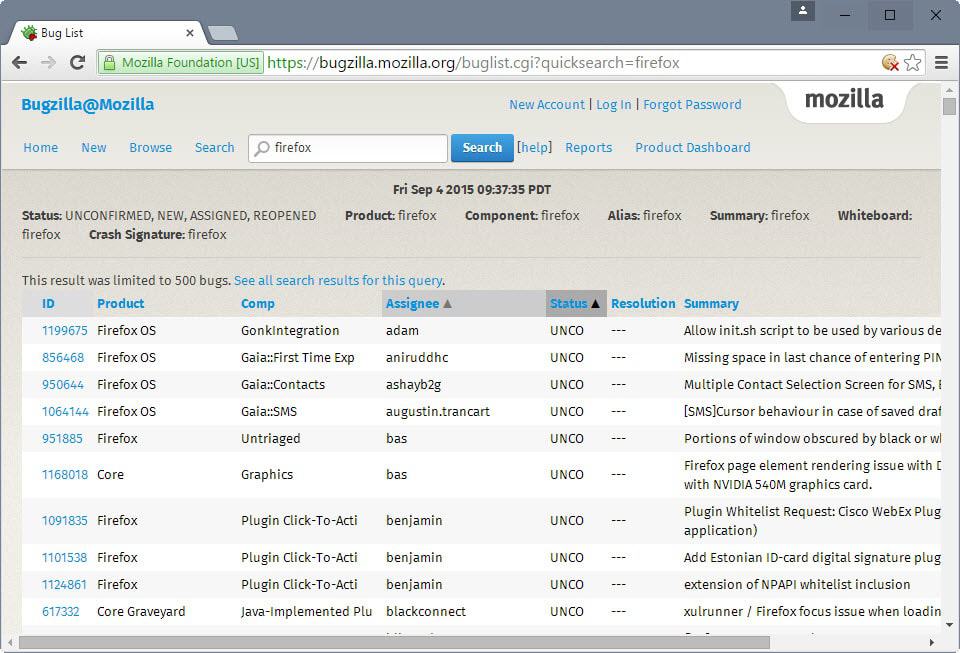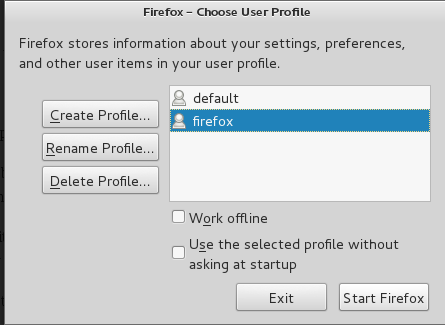

The following is an example based on the models that you provide(tested in old and new api and working) Also if you need you could override _eval_context of the ir.rule to set more values to be available to ir.rule domains based on the uid or any other value searched through the orm or direct sql statements. You could develop that checks as a field function of res.users and use that field function in the domain for ir.rule on the project.task model since the user object is available for ir.rule domains. For example when we've added a record 'User1' and added the statusses 'Development', 'Testing' then the 'User1' should only be able to see the types 'Development' and 'Testing' on the project task view. Depending on what is filled in for this user on the model '' I want to show/hide different types.

So on this new view you can choose an user and then choose project task stages. I've then created a form and tree view for this new model: Project_task_fases = fields.Many2many('','project_optional_rel','pr_src_id','pr_dest_id',string='Fases allowed to view', help="All the project task fases you choose here will be viewable by this user.") The code: class TaskStateRights(models.Model): I've first created a new model which has a many2one to 'res.users' and a many2many to ''. I want to be able to influence who can view which project tasks without record rules but depending on what is filled in on a new model. Check this video tutorial for detailed instructions.Usually I would work with groups and rules for limiting different things to users but this one is different. Performing this can repair broken operating system files while preserving your personal files, settings, and installed applications. A repair upgrade is a process of installing Windows 10 over the existing installation of Windows 10 on your hard disk, using Windows 10 installation media. If your Windows 10 installation is demonstrating unusual behavior such as built-in apps not working or launching, you can perform a repair upgrade to fix the problem. Do a repair install of Windows 10 with an in-place upgrade. Copy-paste: DISM /Online /Cleanup-Image /RestoreHealth

Press the Windows key, type in CMD right-click and click on "Run as an administrator".Ĥ. Run System File Checker and Deployment Image Servicing and Management commandsġ.

I would suggest you refer to the below options and check if it helps to resolve the issue.


 0 kommentar(er)
0 kommentar(er)
